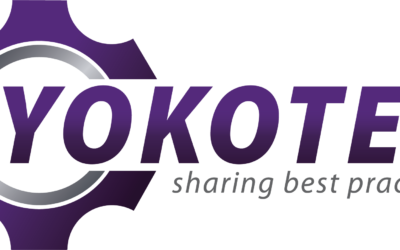#Ant Workers
Dear #CEO Look after your ANT Workers, they are the powerhouse to your organisation.
Typical characteristics, traits and behaviours of ANT Workers
Values:
Hard workers having assigned responsibilities and effectively work in teams (colonies). The ANT Workers align their habits to those of the BEE Workers and the Queen ANT, the BOSS. They know their place. ANT Workers can be promoted to BEE Workers, remain where they are. If left to their own devices with no or little feedback, communication and development they can fall into ineffective working practices. ANT Workers should be respected, heard and understood.
Competences:
ANT Workers are at the GENBA all day, every day, they know the system and the processes and if coached correctly can have masses of amazing KAIZEN ideas to implement. Most ANTS, despite rhetoric, work from process memory, where standard work is often badly introduced by BEE Workers (leaders) who have insufficient leadership skills to know how to do it so they find meaning and purpose at work. ANT Workers should have a competency Matrix plan of process, problem solving and behavioural attributes as an active part of their engagement and development.
How the organisation should treat them:
ANT Workers cherish the pre-shift meetings if the leader focuses not only on the goals, targets, KPI but on them, as ANTS (members of a worthy tribe). Some ANT workers can become DONKEY workers almost exclusively due to weak BEE worker leadership or a QUEEN (BOSS) who is supposed to focus on laying eggs and coaching rather than making misinformed decision based on self-glorification.
Addendum:
A Key attribute of management’s role is minimum job role – MJR and Daily Practice – DP, of leadership is to know how to coach ANTS during Genchi Genbutsu. Make also sure your HR or/and L&D team are specialists in Genba coaching but also know and have worked the processes. Finance heads should be educated that the figures they produce, are the outcome of the hard work of the ANTS and BEES, where cost cutting comes from identifying and eliminating non-value added processes and behaviours, where ANTS are experts at identifying.
The use of the description ANT Worker is to focus on the fact that they are the workforce engine of your business. ANT Workers make up around 30% of your workforce and account for 40% of the output. Together with BEE Workers they account in total around 50% of your workforce and 70% of the value added output. Share knowledge, share results, share information, share the rewards of their work fairly.



